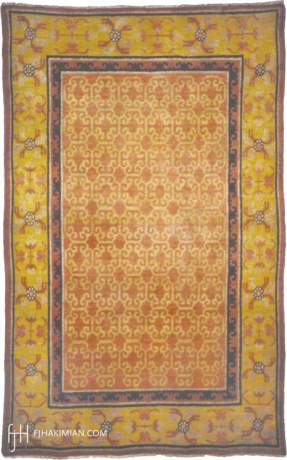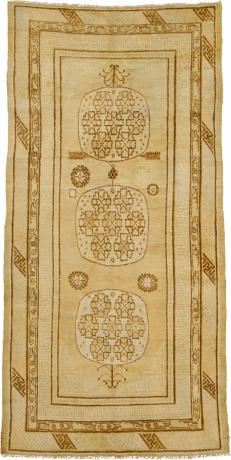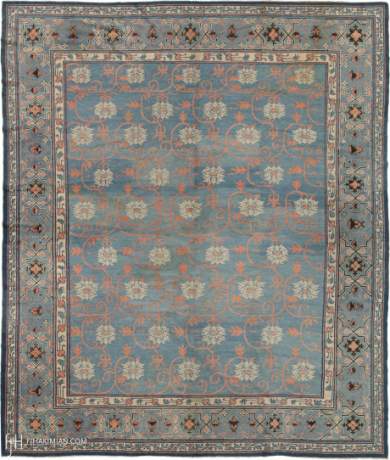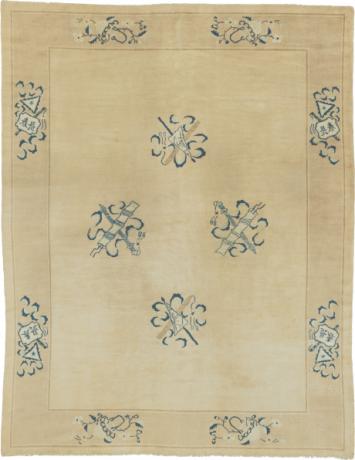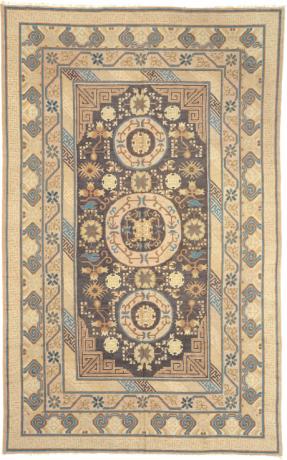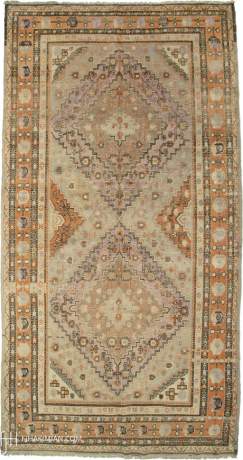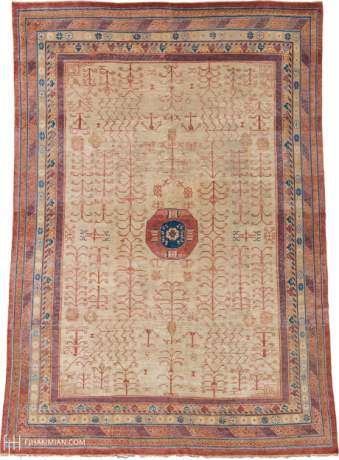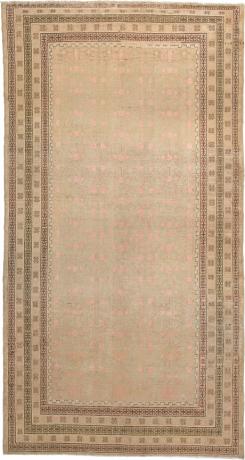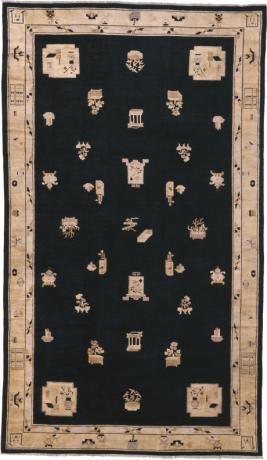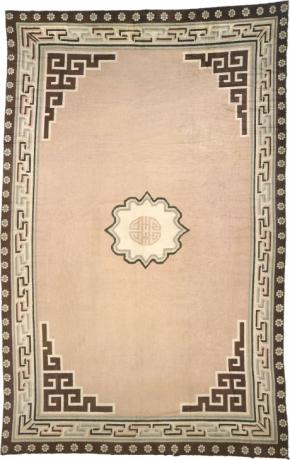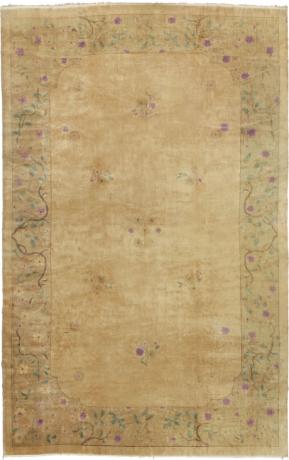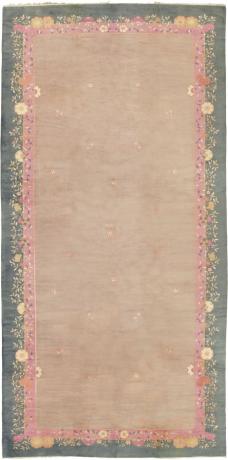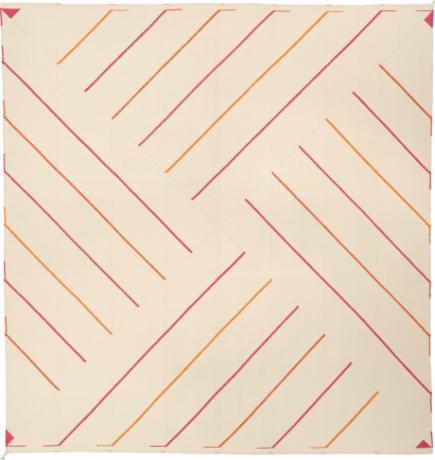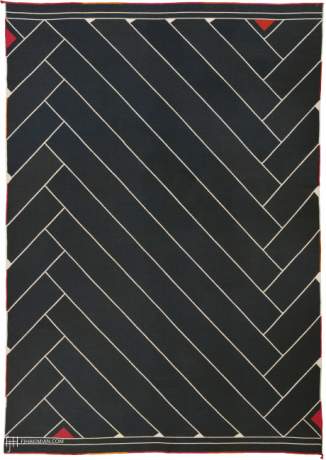In the 20th century, designers such as Frank Lloyd Wright and Jean Michel Frank often used mohair textiles in their designs. Mohair carpets and draperies have a poised effect, in Wright and Frank’s work, lovely handsome beiges and other rich modern neutrals added a quiet richness to their interiors.
For millennia mohair has been prized for its distinct properties. This extraordinary fiber comes from the fleece of the Angora goat, a breed that originated in Tibet. Compared to other fibers from Far Eastern and South American goat breeds, mohair is exceptionally unique for its unparalleled resilience, luster, and ability to fully absorb dyes. It's physical structure differs from sheep’s wool, composed mostly of the protein keratin, making it light and strong. The exceptionally strong fibers have a tensile strength that rivals that of steel, and because of this and its gorgeous sheen it is sometimes called the “diamond fiber.” More…
In the 20th century, designers such as Frank Lloyd Wright and Jean Michel Frank often used mohair textiles in their designs. Mohair carpets and draperies have a poised effect, in Wright and Frank’s work, lovely handsome beiges and other rich modern neutrals added a quiet richness to their interiors.
For millennia mohair has been prized for its distinct properties. This extraordinary fiber comes from the fleece of the Angora goat, a breed that originated in Tibet. Compared to other fibers from Far Eastern and South American goat breeds, mohair is exceptionally unique for its unparalleled resilience, luster, and ability to fully absorb dyes. It's physical structure differs from sheep’s wool, composed mostly of the protein keratin, making it light and strong. The exceptionally strong fibers have a tensile strength that rivals that of steel, and because of this and its gorgeous sheen it is sometimes called the “diamond fiber.” Inherently flame resistant and due to low heat combustion, high moisture content and high ignition temperature, mohair is particularly difficult to ignite. Though difficult to achieve, if ignited it will not sustain a flame nor will it melt; rather it tends to smoulder and char, forming an insulating foam-like ash.
Our new mohair collections, masterfully handmade in South Africa, pair the luster and luxury of mohair with an emphasis on alluring textures that act as perfect counterparts to other fabrics and finishes. Carpets and textiles are suitable for interiors from the refined and minimal, to mid-century glamorous, and to casual, tactile and contemporary. A wide range of color ways, patterns, weaves, and finishes are available and can be customized to accommodate a variety of design projects.
Read more: Our blog "MOHAIR: THE DIAMOND FIBER"
Explore our Mohair Curtain Collection and Mohair, Bamboo & More Curtain Collection
No carpets matched.

